When trying to cultivate a productive garden, it is also important to cultivate productive soil. One of the ways you do that is by encouraging worms to make your soil their home. These worms will provide the food your fruits and vegetables need to grow!
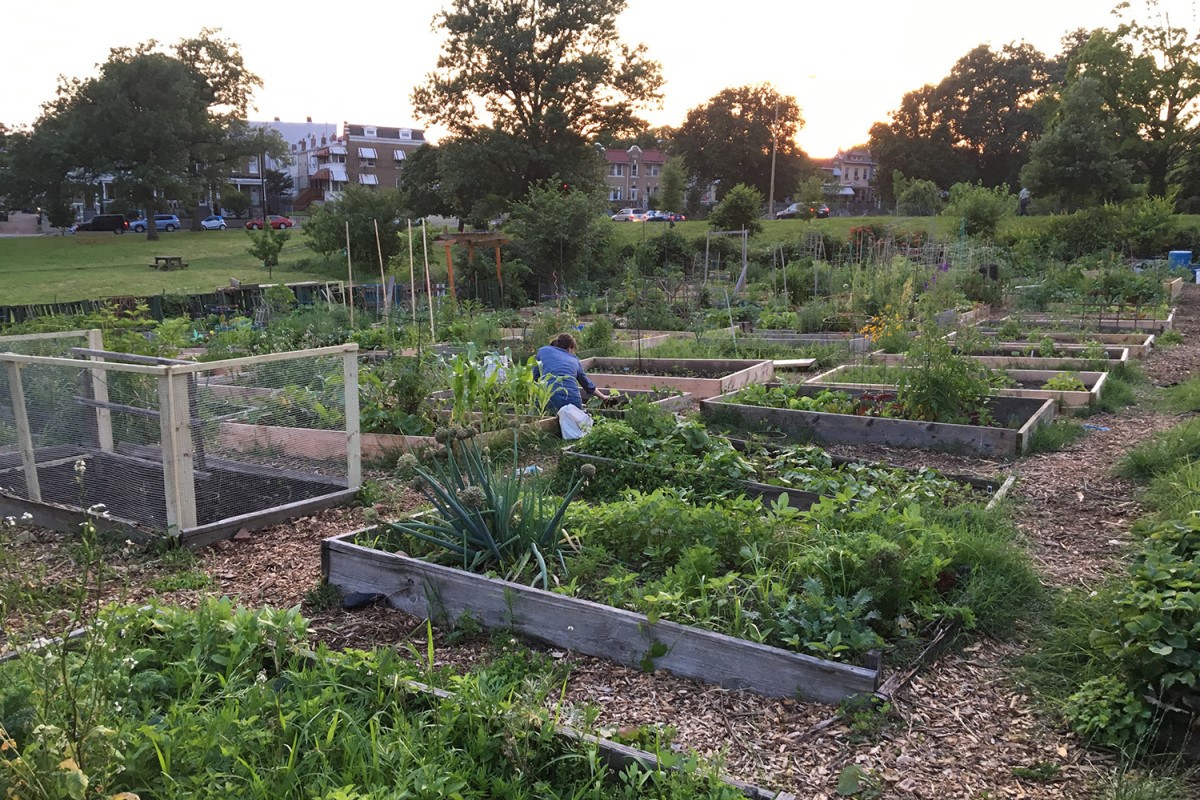
When you look at the garden photo above you might be reminded of your own garden, or more likely reminded of the fact that you need to do some serious work in your garden to get it looking like that. However, this part of the tutorial is not meant to embellish the perfect garden space and design that many of us don’t have. What I am envisioning is how your garden space, containers, and design–as it evolves–can be an incredible environment of food, community sharing and just plain good beauty. There are plenty of tutorials about your physical construction of garden space. What my tutorial is all about is enhancing the dirt you start with. So, I assume you have a location, some containment, and some dirt–not difficult PHD rocket science skills. So, read up on basic 101 wormology or better known as Vermiculture.
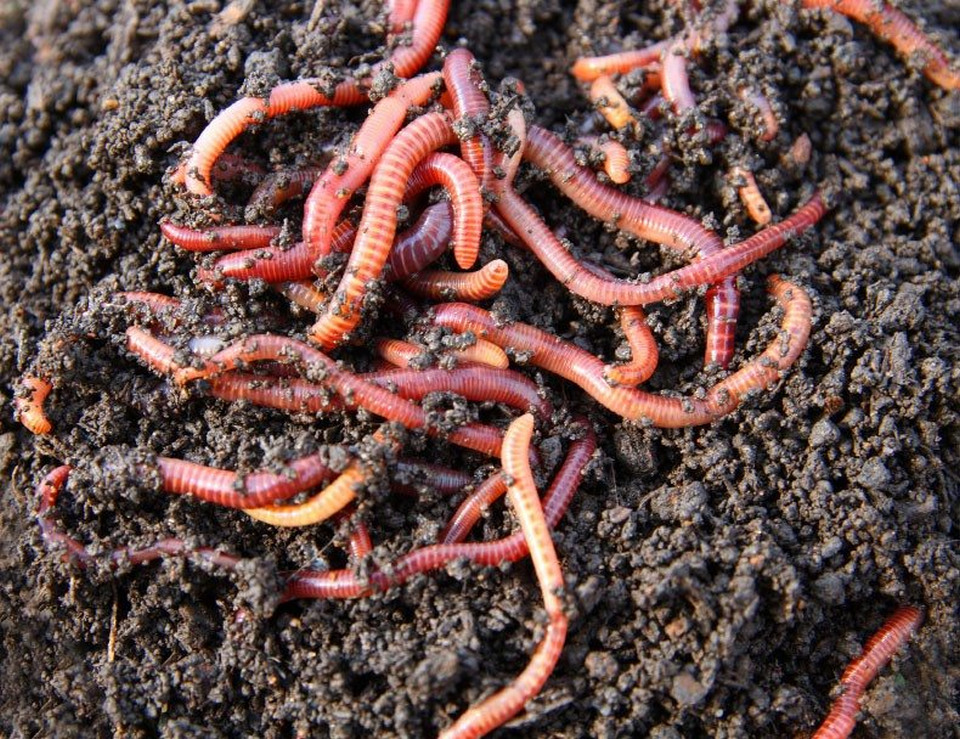
In the common dirt that you’ll start with from your yard, you’ll find a few worms for sure. If you are buying topsoil, you may or may not get gobs of worms. Either way, locate a worm supplier or recolonize your property worms to your garden space. From here on, we are thinking that we need many worms, more worms and lots of worms. Your garden soil isn’t just dirt. It’s becoming a warehouse of composting, worm enhancement and selective soil additives. Be careful about the virgin dirt that you use. Sometimes dirt or even commercial topsoil is contaminated. There aren’t any clever little tests to catch the ‘dirty’ dirt but ask about its history. etc. You can mix non decomposing soils to your dirt little by little, such as some sand, some peat moss, sometimes cat litter. BUT never mix gobs of it–just small amounts. This will help prevent your soil from getting a hardness to it.
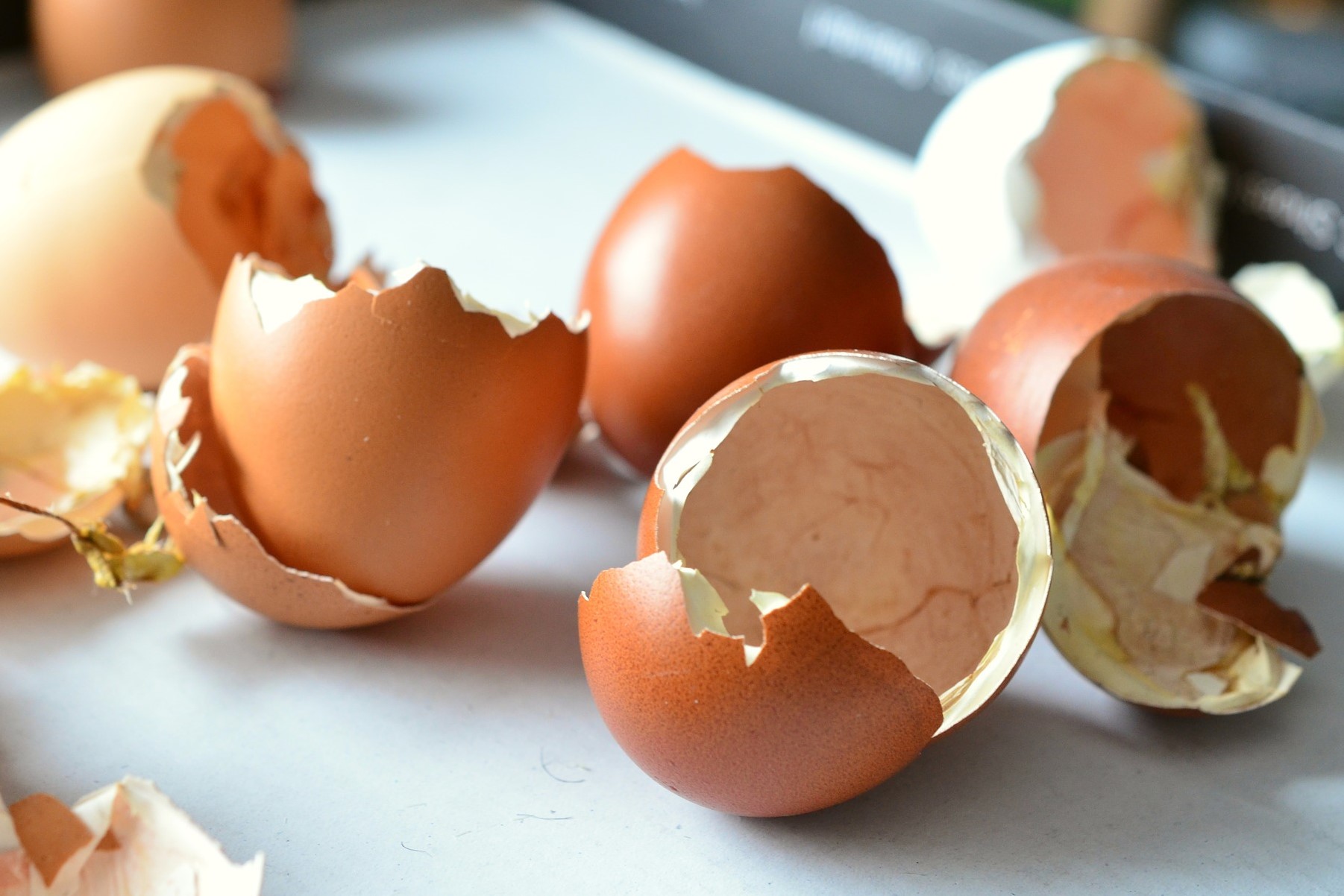
Worms lay eggs AND Worms like to lay their eggs in eggshells. As you have set up your dirt soil base, got your worms and you’re nurturing your new starts, be thinking about the space between your plants, your rows or however you distribute your garden growth. This is where you need to gently spade in your eggshells. You do this with a shallow diffing–no more than a few inches. If you haven’t established a good spread on the worms, keep depositing them as the days go by. Compost in some food leftovers, like greens coffee grounds, other vegetable mater. In time, you’ll be in for an amazing discovery when you gently open one of the shell layers and see small white spots: WORM EGGS!!! Each worm will lay anywhere from a few to as many as 20 eggs. And since you will have thousands of worms imported at the beginning and be the neighborhood hunter of everyone’s eggshells, you will have a marvelous kingdom of soil composting and worms. Think of it this way: you now no longer have just ‘plain, old boring’ dirt–you have a thriving community of soil growth and fertility that is feeding your plants. That’s the next science.
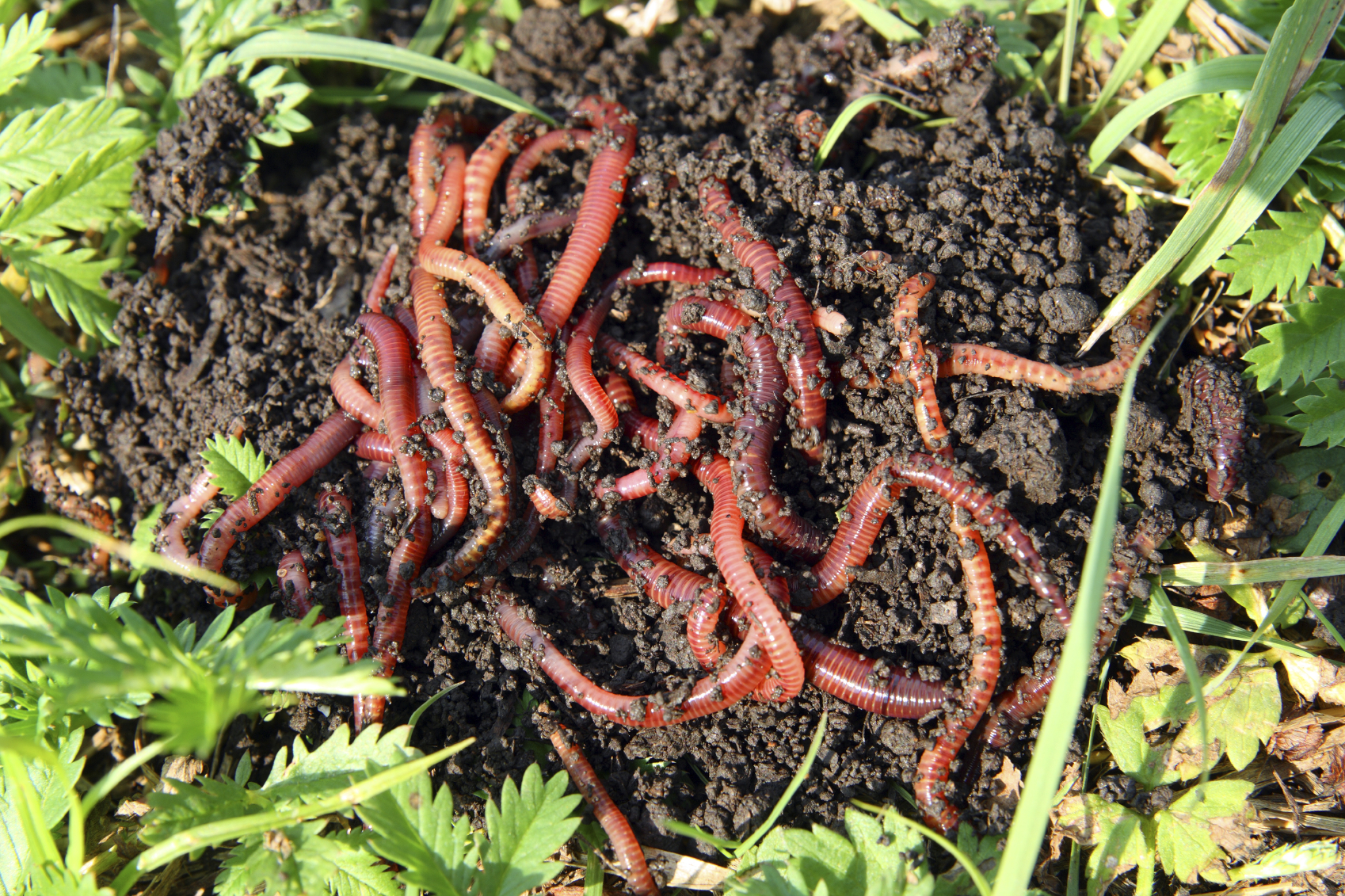
There’s a certain place in the maturing garden when your routine watering, weeding, and insect monitoring all comes together–hopefully. Plant your crops so that you always have something ready to harvest early and others staggered out later. It doesn’t always work that way but experiment with it. Your other garden buddies and online tutoring will help. NOW, let’s get back to the worms. The ideal humus soil–that top 3″ or 4 ” of soft, rich dirt will be loaded with worm castings, worms, some fungi, some bacteria, some etc. The worm castings are the waste products of the worms, like worm poop. But these castings are providentially designed to have the exact kinds of nutrient chemicals that plants need form their BEST growth. So, if you keep populating and spreading your worm community, you’ll get more diverse movement of them. And as you keep composting with some new soils, some eggshells and coffee grounds, some other composting food wastes, your soil volume will increase. Each year you’ll have more. Each year, you’ll be ahead of the difficult start of the garden. And–what I like to do–is be able to share my surplus soils and worms with my community. Vermiculture is my hobby. For some, it may be a profession. For some a science. But for you, I hope it is a blessing to your fruitful garden world.
About the Author:
I am a retired teacher, specialized in the broad spectrum of preschool to 12th grade instruction. In an almost ironic sense, I am more rehired into the community than I was as a “hired” teacher. Retirement is a wonderful activity. I have a Botany and Chemistry degree also; that has been my main secondary resource in all of my teaching. I have an active engagement in community gardens, in teaching at a local arboretum as a certified naturalist, and in advocating for redefined box gardens in family or community settings.



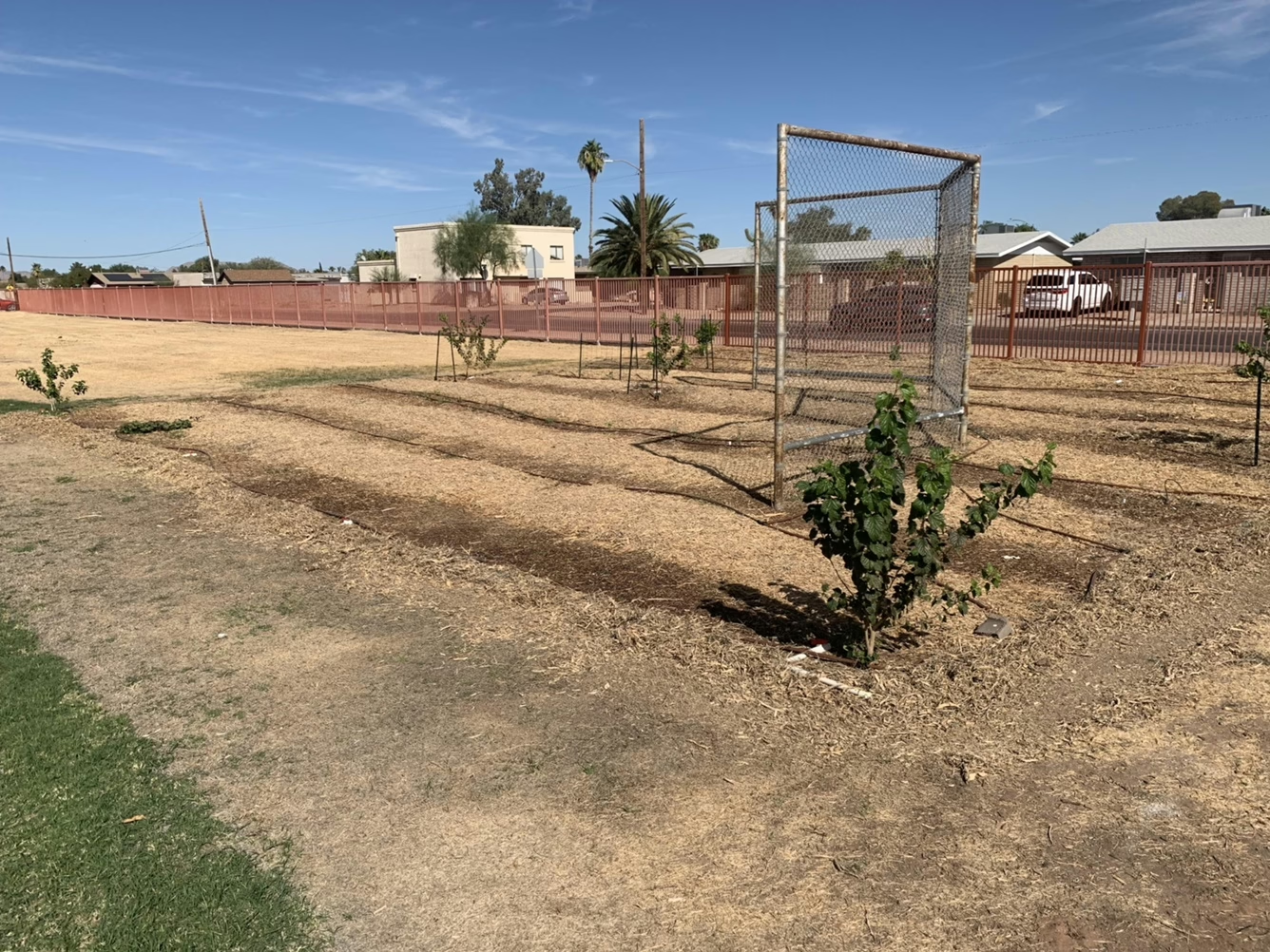
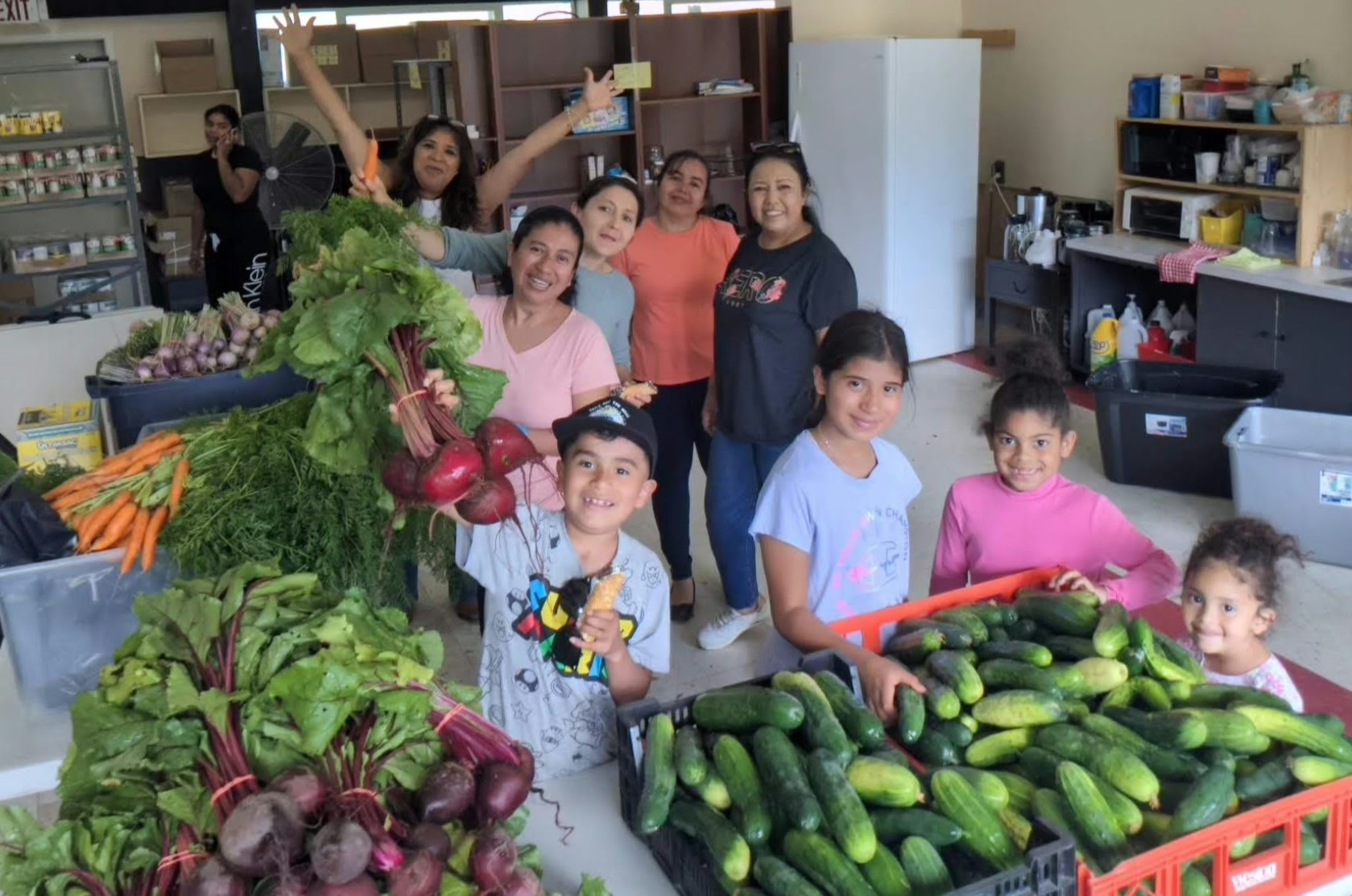

Comments are closed.